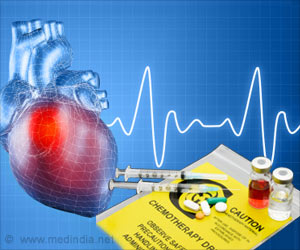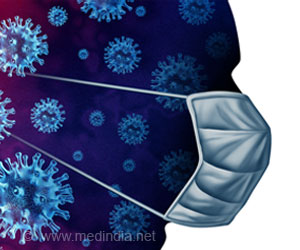These findings were reported at the 2023 American Society of Hematology’s Annual Meeting & Exposition, covering over 10 years of patient data from the Michigan Anticoagulation Quality Improvement Initiative registry. The multi-center initiative is sponsored by Blue Cross Blue Shield of Michigan (
).
“We found the highest rates of bleeding among patients who took rivaroxaban, followed by warfarin and then apixaban,” said Jordan K. Schaefer, M.D., first author and clinical associate professor of hematology at the University of Michigan Medical School.
“We followed patients for over two years on average and were able to compare apixaban to rivaroxaban, something that has not yet been done in a randomized clinical trial. While the findings should be confirmed with randomized studies, they may have implications for providers as they select anticoagulants for their patients.”
Advertisement
Through their analysis, researchers found that if 100 patients were followed over 1 year, rivaroxaban resulted in nearly 40 bleeding events compared to around 25 for warfarin. Bleeding events were similar between apixaban and warfarin, but the latter medication was associated with more major bleeds.
The rate of blood clots was higher with apixaban compared to warfarin, but researchers say it seemed largely driven by other thrombotic events, which included events like heart attacks.
Of the three medications, apixaban was associated with a lower mortality rate than rivaroxaban and warfarin.
“These three medications are the most commonly prescribed anticoagulants for thrombosis and atrial fibrillation, and it is important that we continue to investigate the possible effects they carry as we attempt to best serve our patients,” said Geoffrey Barnes, M.D., M.Sc., senior author and associate professor of cardiology-internal medicine at U-M Medical School.
Reference :
- A Comparison of Bleeding Events Among Patients on Apixaban, Rivaroxaban, and Warfarin for Atrial Fibrillation and/or Venous Thromboembolism – (https://ash.confex.com/ash/2023/webprogram/Paper184457.html)
Source: Eurekalert



